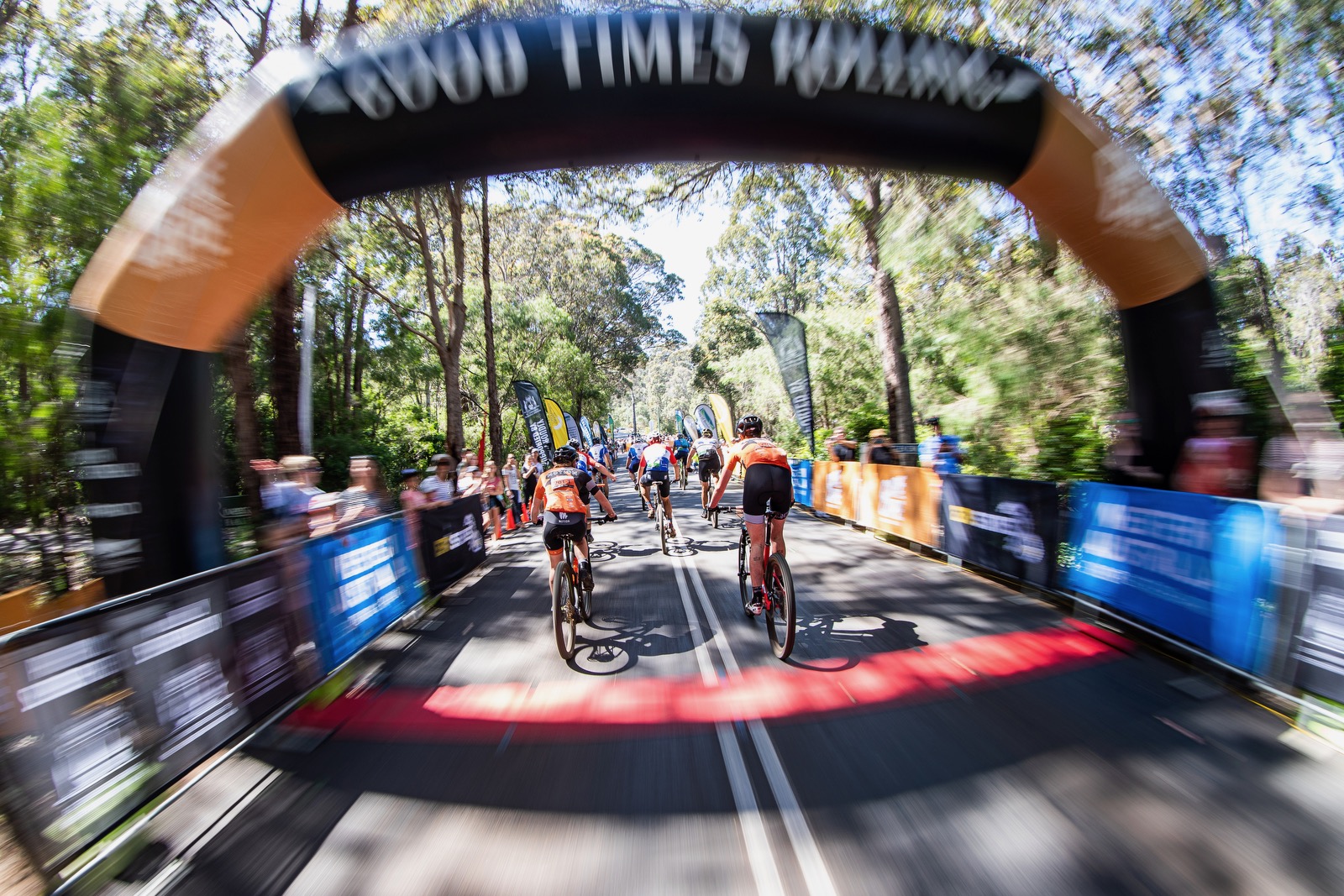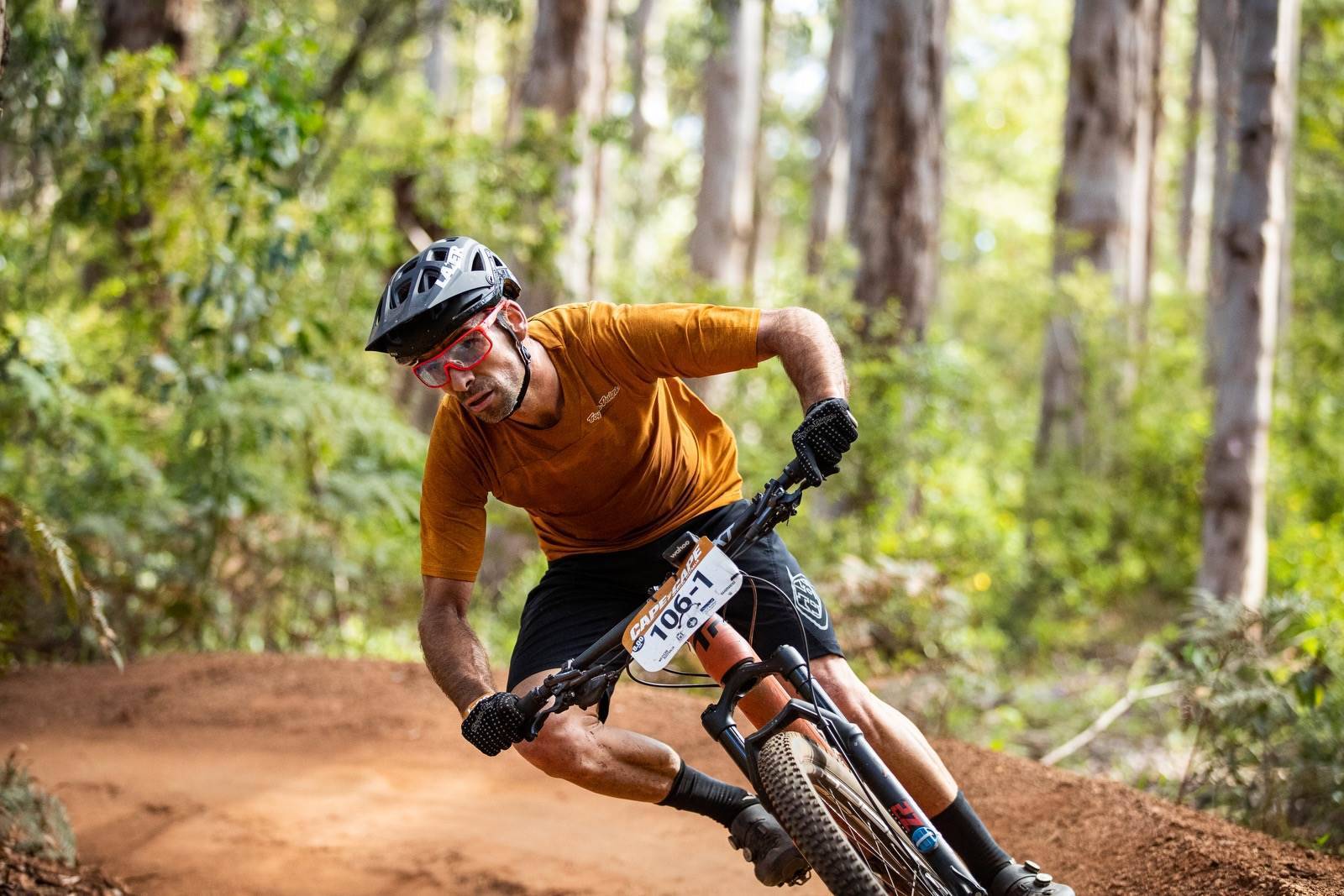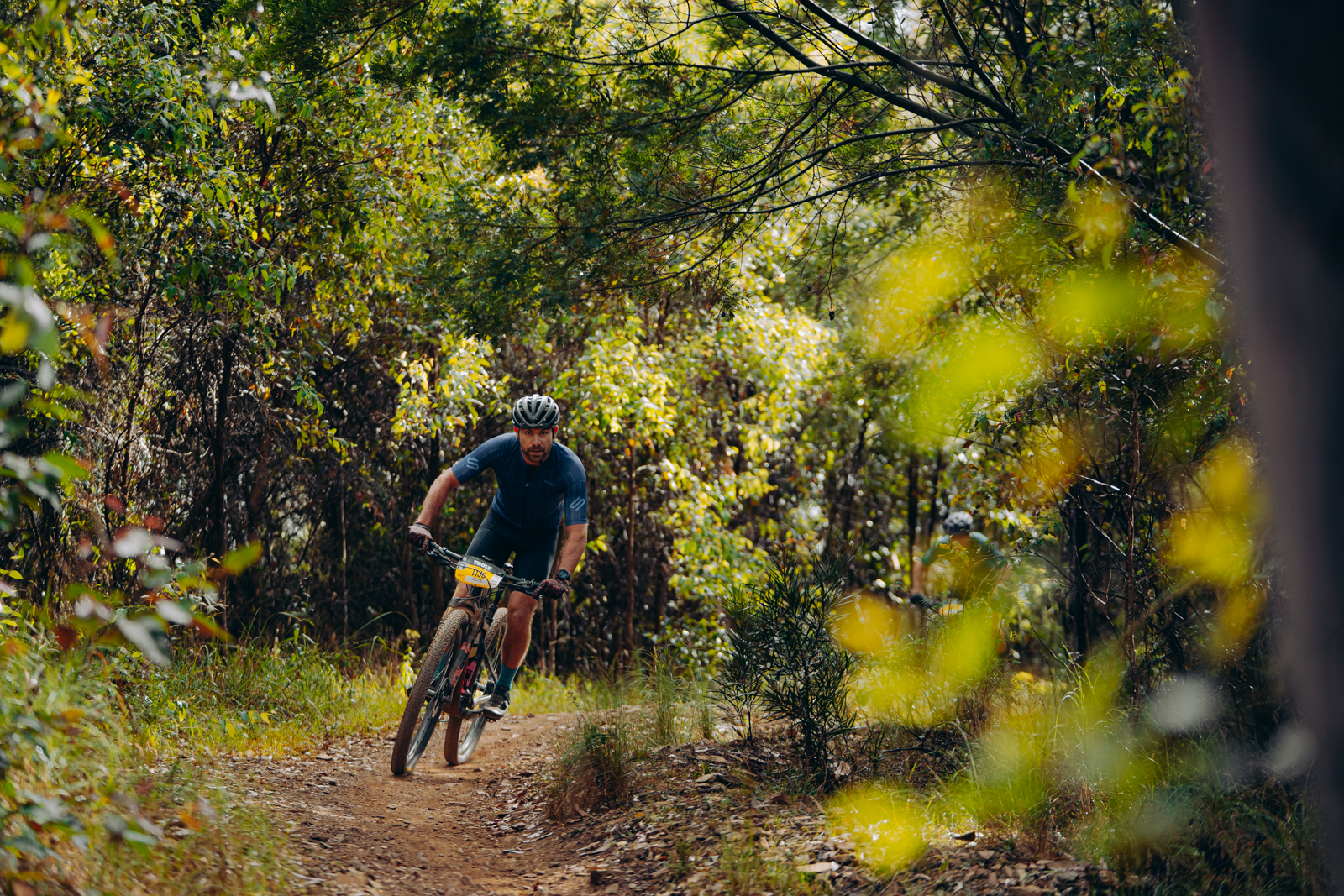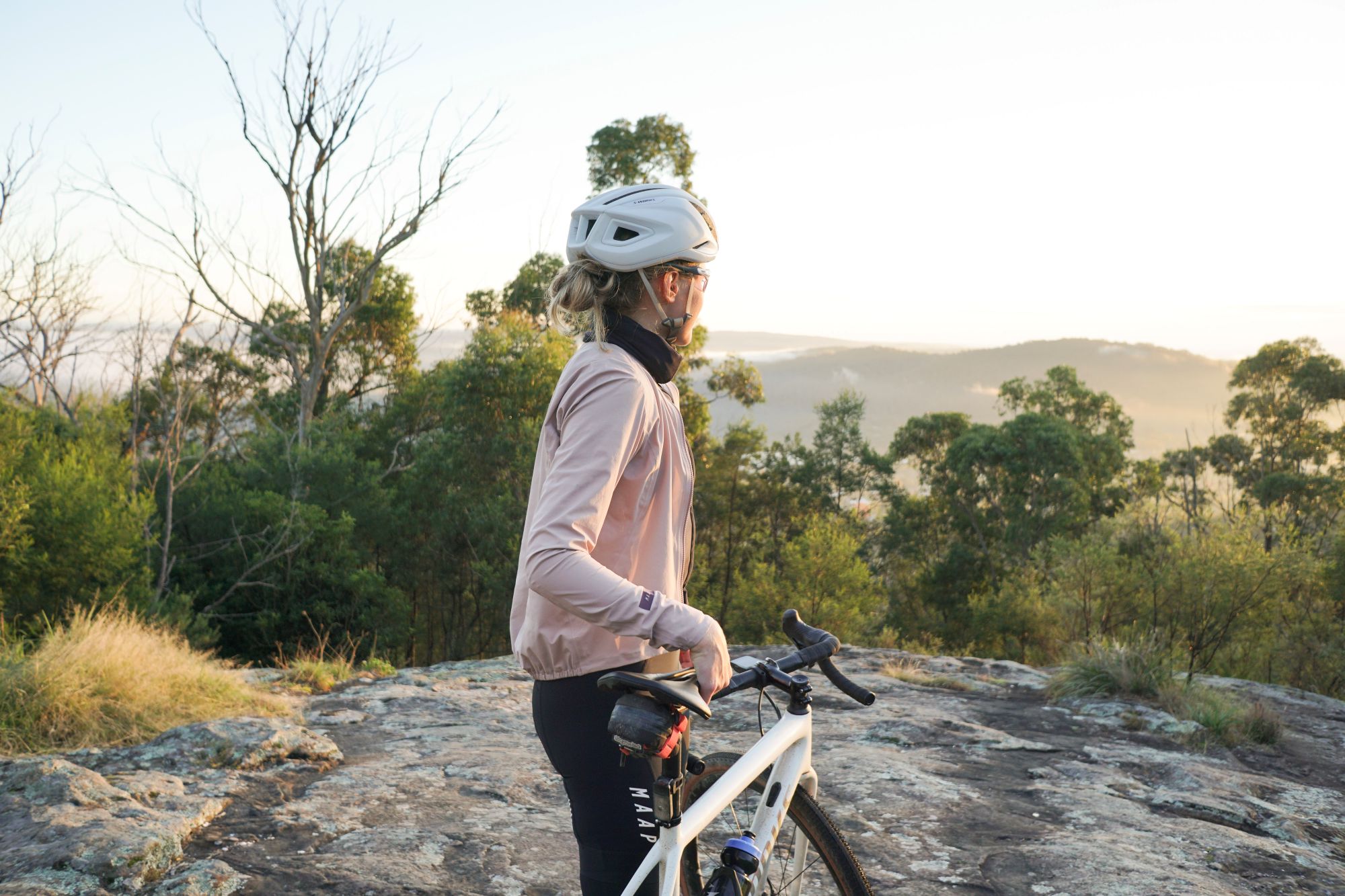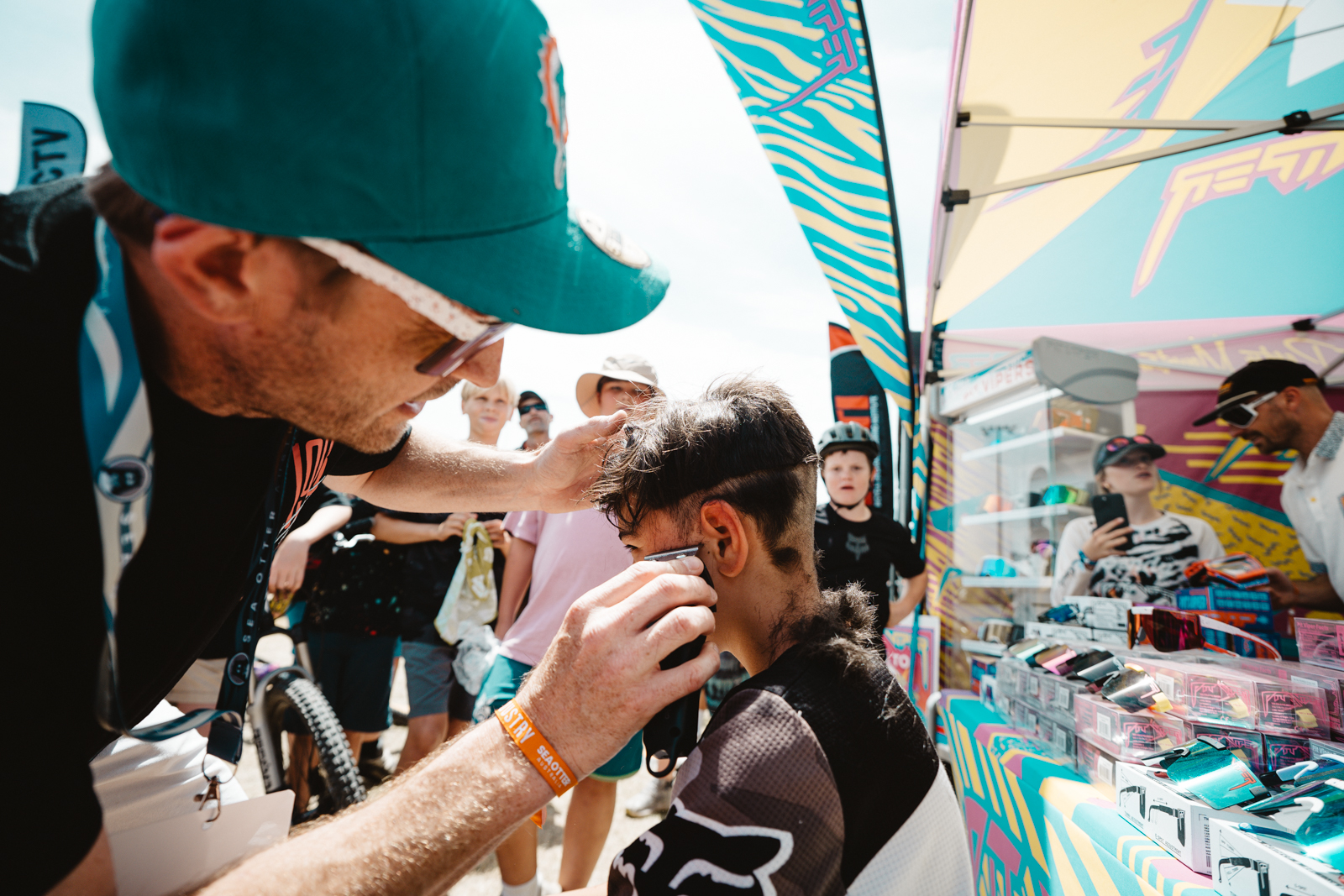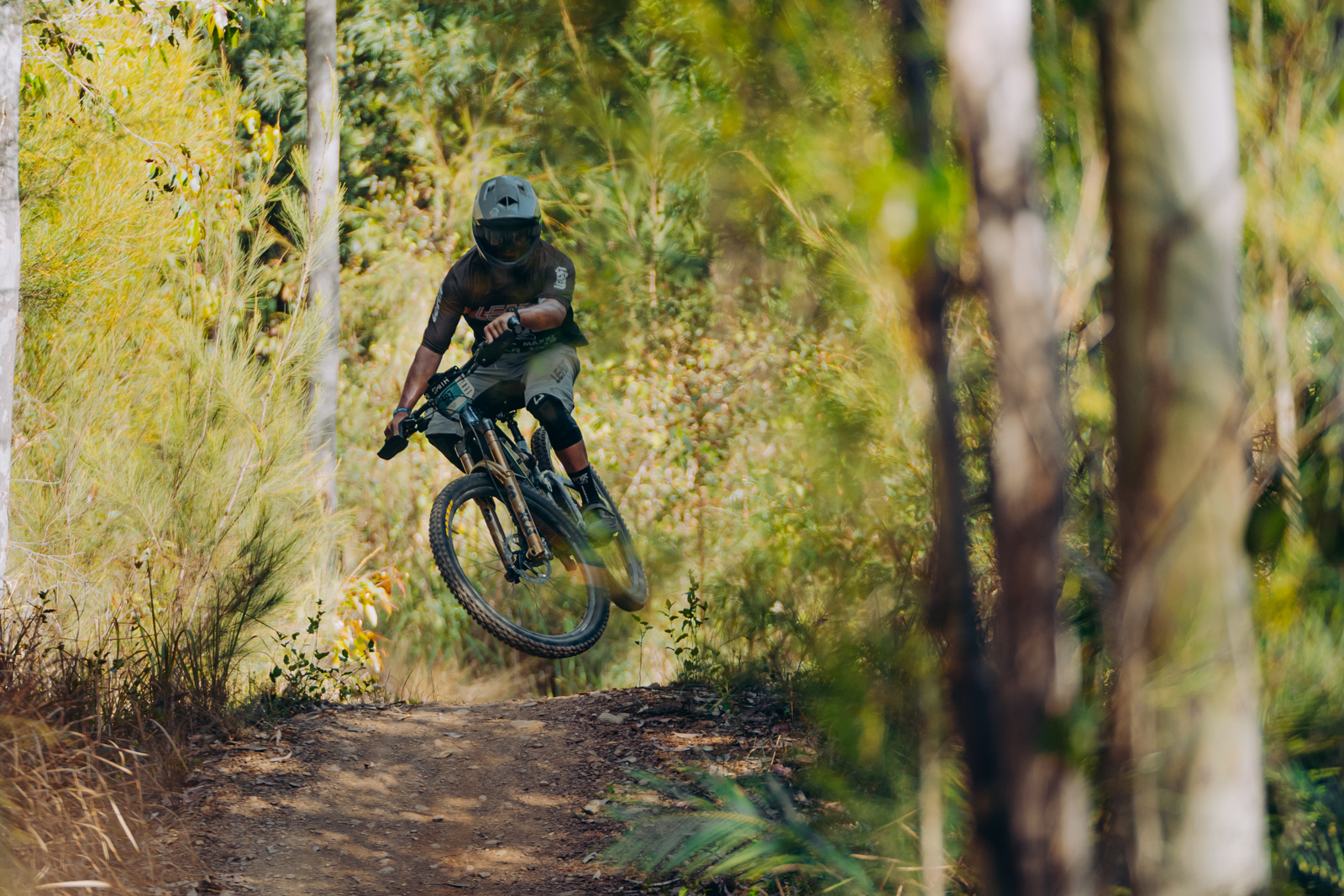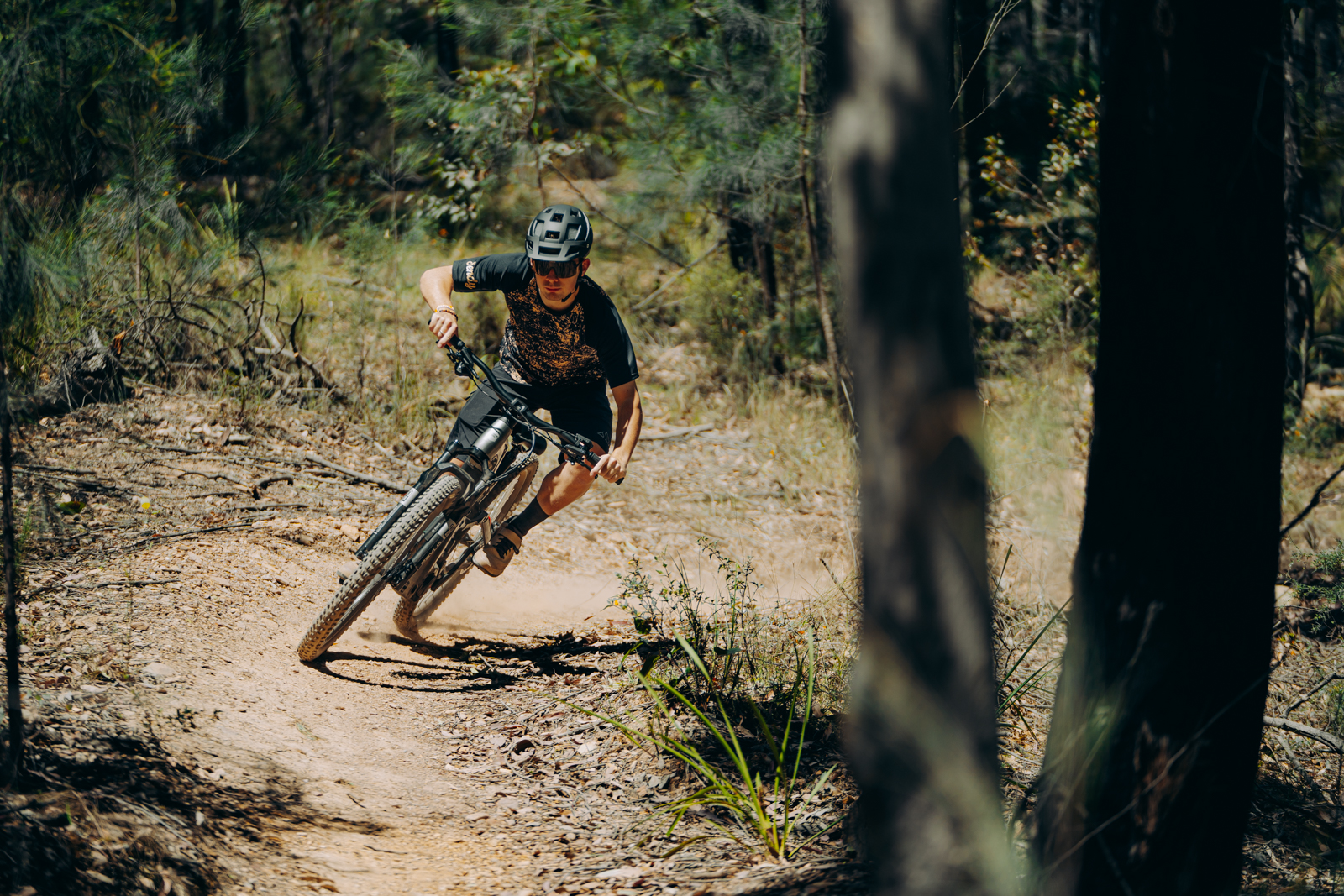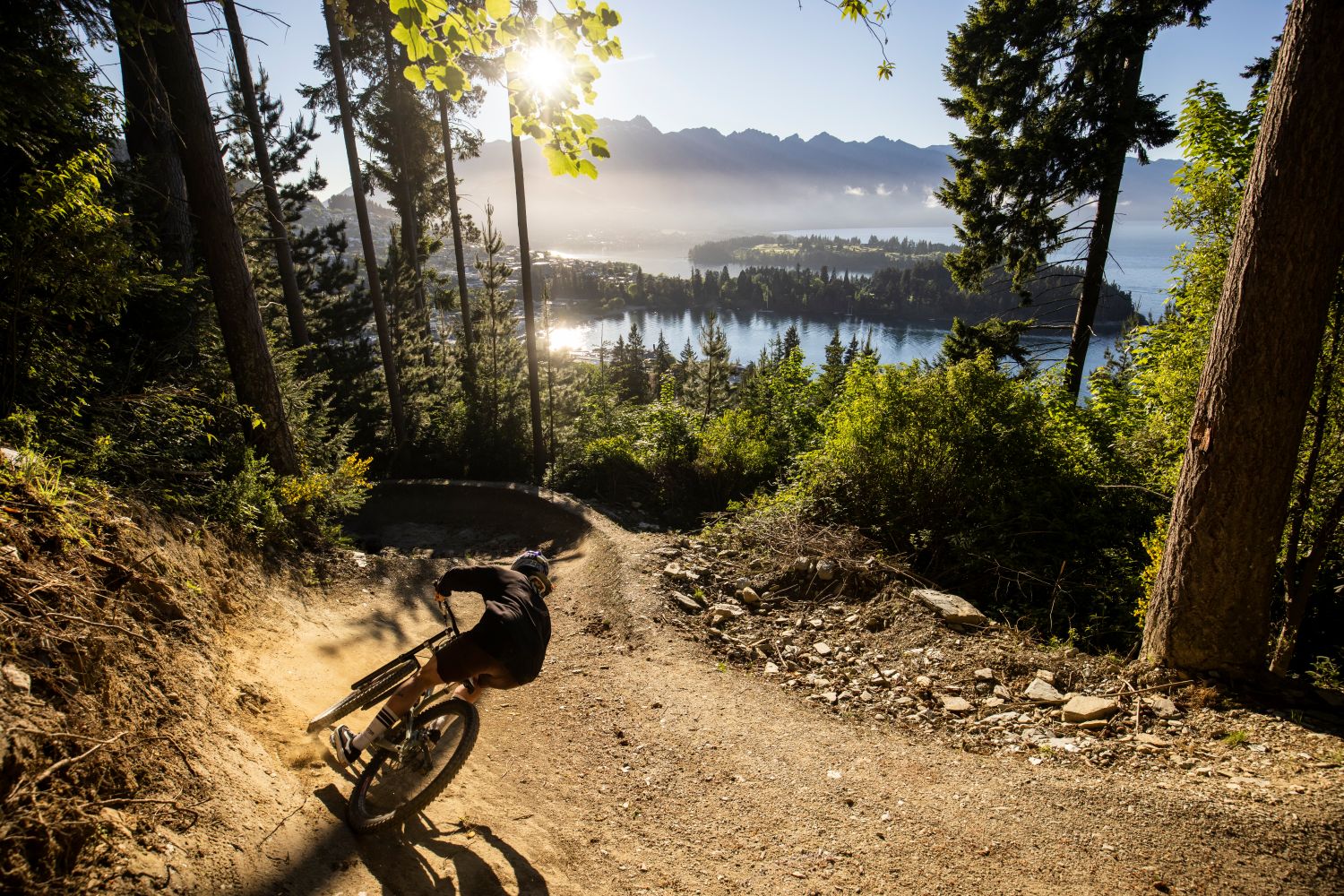What I learnt racing Cape to Cape on a trail bike
Cape to Cape is a 4-day mountain bike event in Western Australia - but does it matter what bike you take?
Ok I'll start with a full disclaimer – riding Cape to Cape, Reef to Reef or Port to Port is something you can go do on just about any mountain bike (maybe not a downhill bike). But for me, I have always lined up on a 100mm travel XC bike. Although in 2018 I did have 120mm forks fitted for Port to Port and Cape to Cape. Riding and racing stage races is what I like to do, so rocking up to the 2019 Cape to Cape on the Transition Smuggler Carbon long term test bike was a little different.
Sure, the Smuggler pedals really well, and the frame itself is only a couple of hundred grams heavier than my own XC bike. Plus the full Shimano Deore XT M8100 12-speed group set meant I had a wide gear range, so I could crawl up the hills if need be. But with 140mm of travel up front with the Marzocchi Bomber Z2, and some trail wheels and tyres and geo – I was curious to see where the advantages would lie, and where they wouldn't. Would I be too much of an XC/marathon prima donna and struggle with the tiny changes?
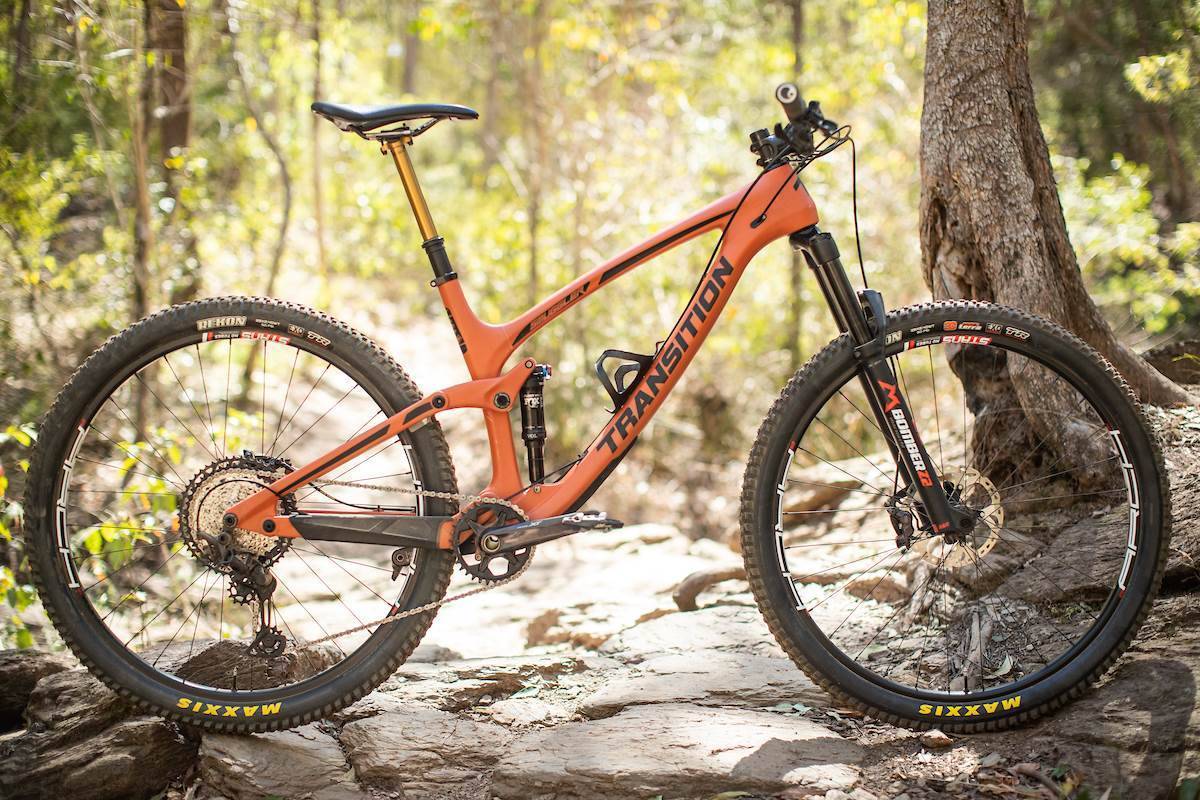
I took to the start at Cape Leeuwin with Chris Panozzo, dual Gravity Enduro national champ. He had expected to be on a Santa Cruz Tallboy but come race day, he was there on a Cannondale carbon hardtail decked out with a Fox 32 SC fork and XTR Di2. We ended up having a blast over the four days racing as a pair, but here's what I learnt.
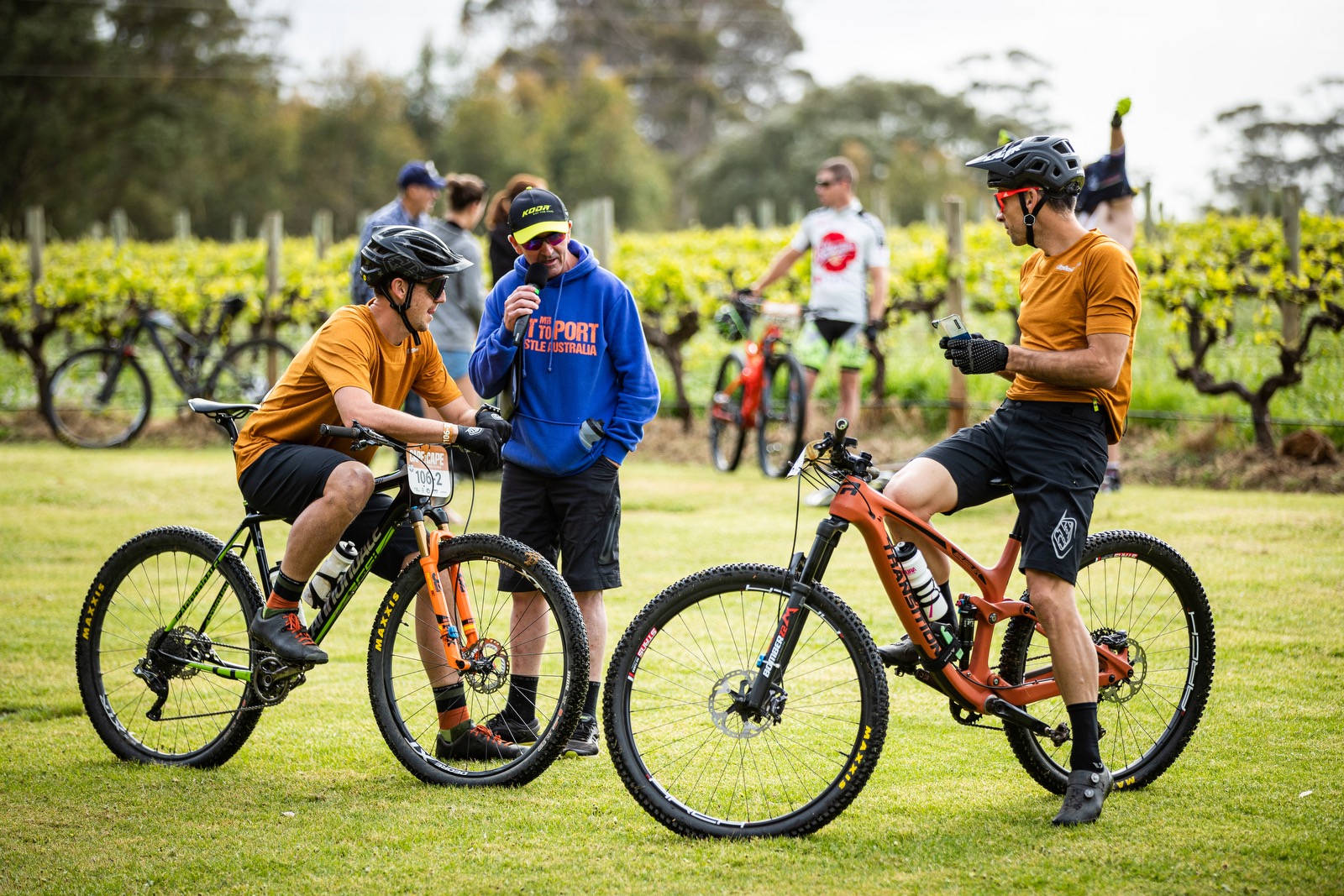
Position is everything
This shouldn't be big news, but if you're going to spend a lot of time pedalling on a bike, or pedalling under duress like in a bike race, make sure your position on the bike is exactly what you want it to be.
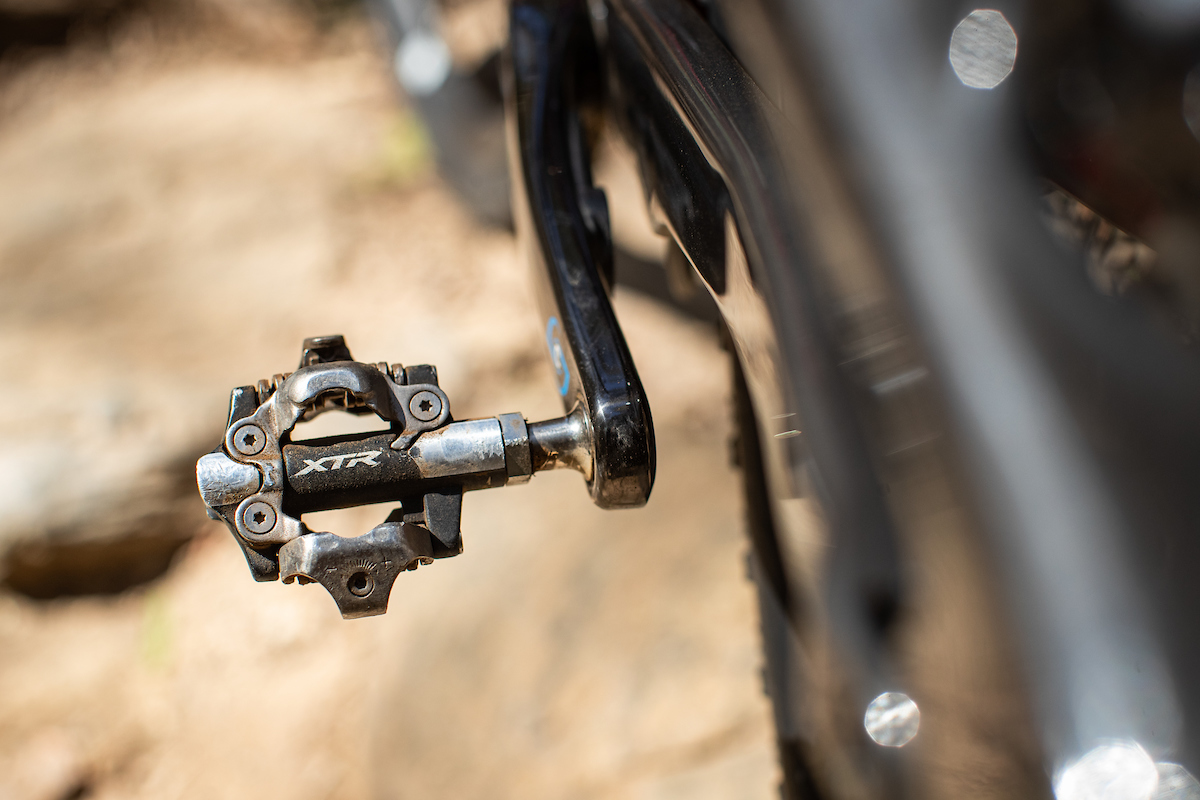
I had taken my trail pedals off and put my XTR race pedals off to use with Shimano Sphyre shoes. They're a great combination, but I had forgotten to account for their lower height, which meant my seat felt too high for ALL of stage one. The whole time I was trying to use the dropper post to drop 3-4mm to find a sweet spot. You probably know that never works. So no matter what bike you take to an event – just be sure it's setup how you like it, especially if you have built it after plane travel.
You could opt to adapt your position before the event to get used to it. Maybe drop a spacer from under your stem. But don't do this just for the event – you'd want to spend time making sure your body got used to it!
It's still a mountain bike
I must have been one of several hundred people riding a trail bike at Cape to Cape. But like I said above, it's not my usual whip of choice for an event like this. But given how well the Transition Smuggler pedals, and how it rides when things get faster, the reality is it was the perfect mountain bike to do just that.
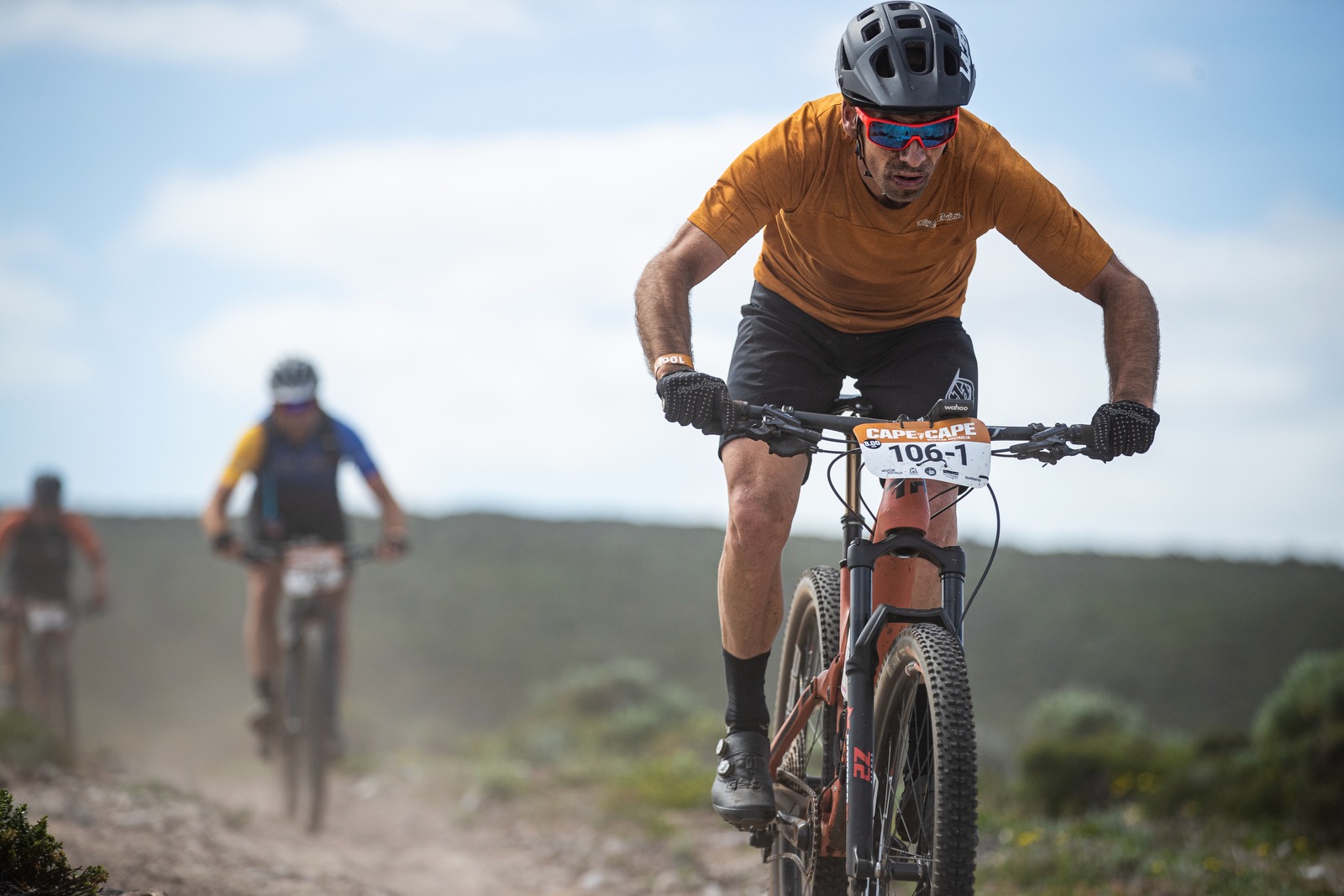
Yeah, it wasn't as light as my XC bike. And no, not as responsive when jamming on the pedals, thanks to a longer wheelbase and heavier wheels. But that didn't stop me having an awesome time.
On much of the singletrack, the Smuggler felt like an advantage – more so on anything that was steeper and on a downward angle. Climbing was ok, but it did give up some explosiveness that my XC bike has. Seated climbing was rewarded as it was far more efficient, and I found slower accelerations worked better with the trail bike.
Storage solutions count
Ok this is an odd one, but I have no issue wearing a full lycra getup (or even a skinsuit for some races) when on my XC bike. But I think wearing XC gear on a trail bike is a fashion don't, so Chris and I were decked out in some fetching Troy Lee Designs lightweight trail kit.
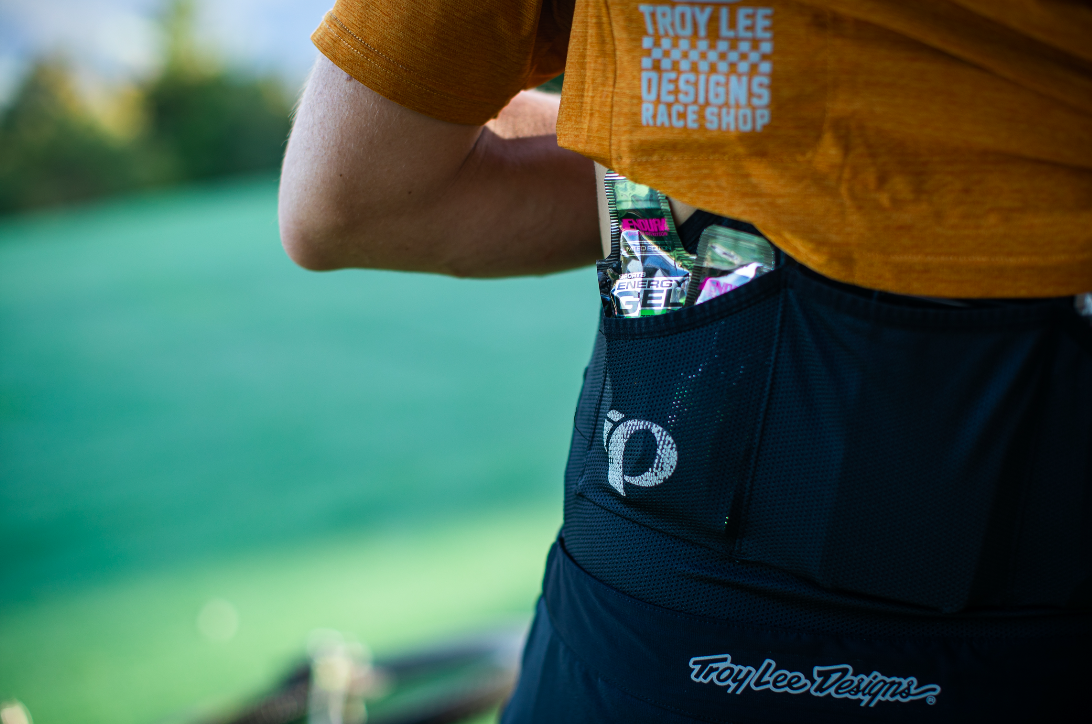
With race stages about 1.5 to maybe 3 hours long, neither of us really felt like using a backpack. So we used Pearl Izumi Cargo Liner bib shorts. They have pockets where jersey pockets would go, and they're a mesh material so it's not like wearing two layers. You get all the comfort of bib shorts, the functionality of XC kit with pockets on the back, and the casual look of trail gear. It seems vain, but hey I was stoked it worked so well for racing.
I did put some empty Endura gel wrappers in the shorts pockets, which was only a bad idea when I put my phone in there too after a stage. Ewww.
I used a Granite Stash strap to hold a tube and lever on the bike, and a multitool and pump went in the pocket of the bibs as well. Although Granite do have Stash tools that fit into the ends of your bars, and one in the steerer. No matter what you're doing, that's a great addition to keep the essentials off your bike and always on your bike.
Storage solutions on the bike, without using a backpack
Most trail bikes only have one bottle holder, so this is something to consider. You may need to use a backpack, or use the bottle drops. I got pretty low on water on a couple of stages, and had to beg fluid off my teamie Chris. Thankfully, he obliged. This was pre-Covid.
Maintain the pressure
This falls back to bike setup, but it is really important. Having the right tyre and shock pressure is paramount to getting the most out of your bike whatever you are using it for. I had Maxxis Rekon 2.4" tyres on, which were ok for the event. They slide around a fair bit in loose stuff, which isn't uncommon in Western Australia. So I made sure I had my tyre pressures exactly as I wanted them each morning. Pressure loss can happen pretty easily with temperature changes or a tiny burp, and it doesn't sort itself out.
Tyre choice can make a big difference, so if you can change to something a little faster rolling, especially for the rear tyre, it could be a real advantage. Something from the Pirelli Scorpion XC 2.4" range would be a good fit.
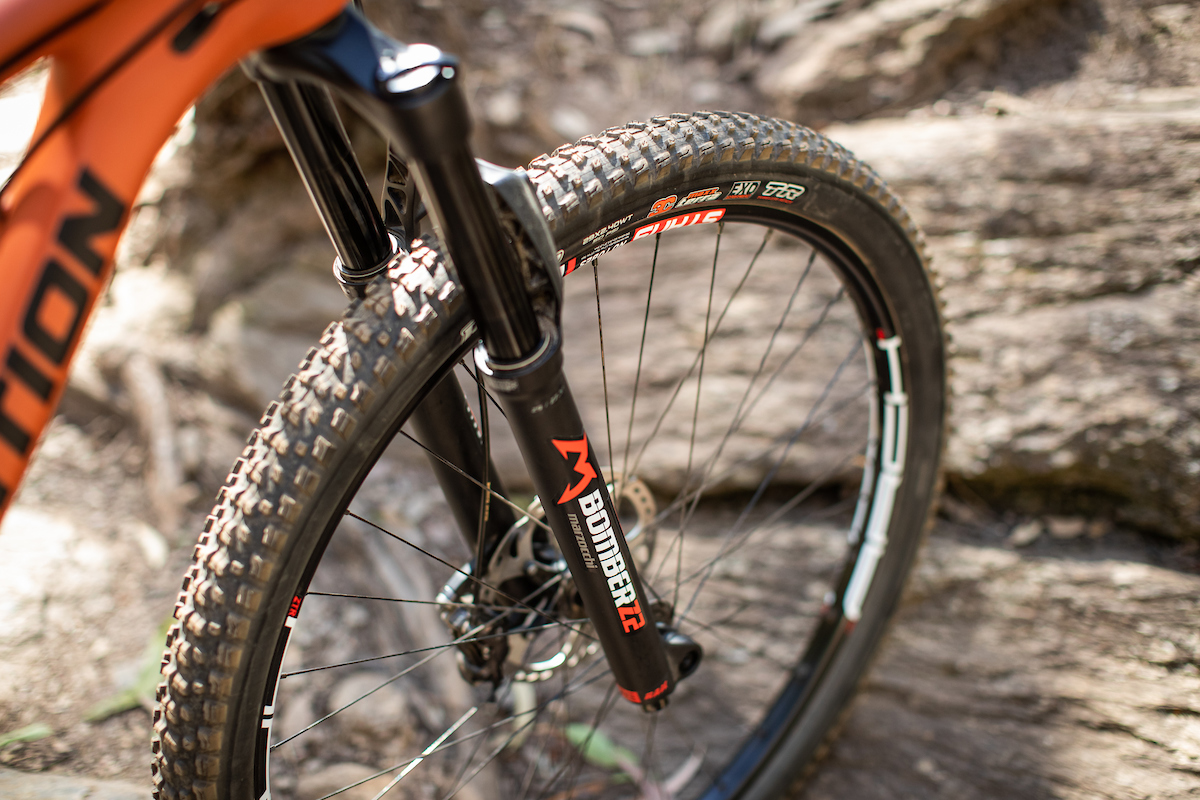
This is the same for your suspension, especially when the bike is working hard. While nothing at Cape to Cape really put the suspension under pressure (save for when Chris lead us over a huge Karri tree that was fallen over and not actually a roll off the other side…) you still want to double check it each day.
Your team mate makes the race
So Chris and I went in with totally different bikes, and with totally different backgrounds in mountain biking. And yeah, I was the nail and he was the hammer. But you know what? Chris was cool about it. We both love racing so wanted to go as fast as possible. But when I was completely worn out, Chris was pretty chill. We rode, then picked up the pace again when we could (ie when I could).
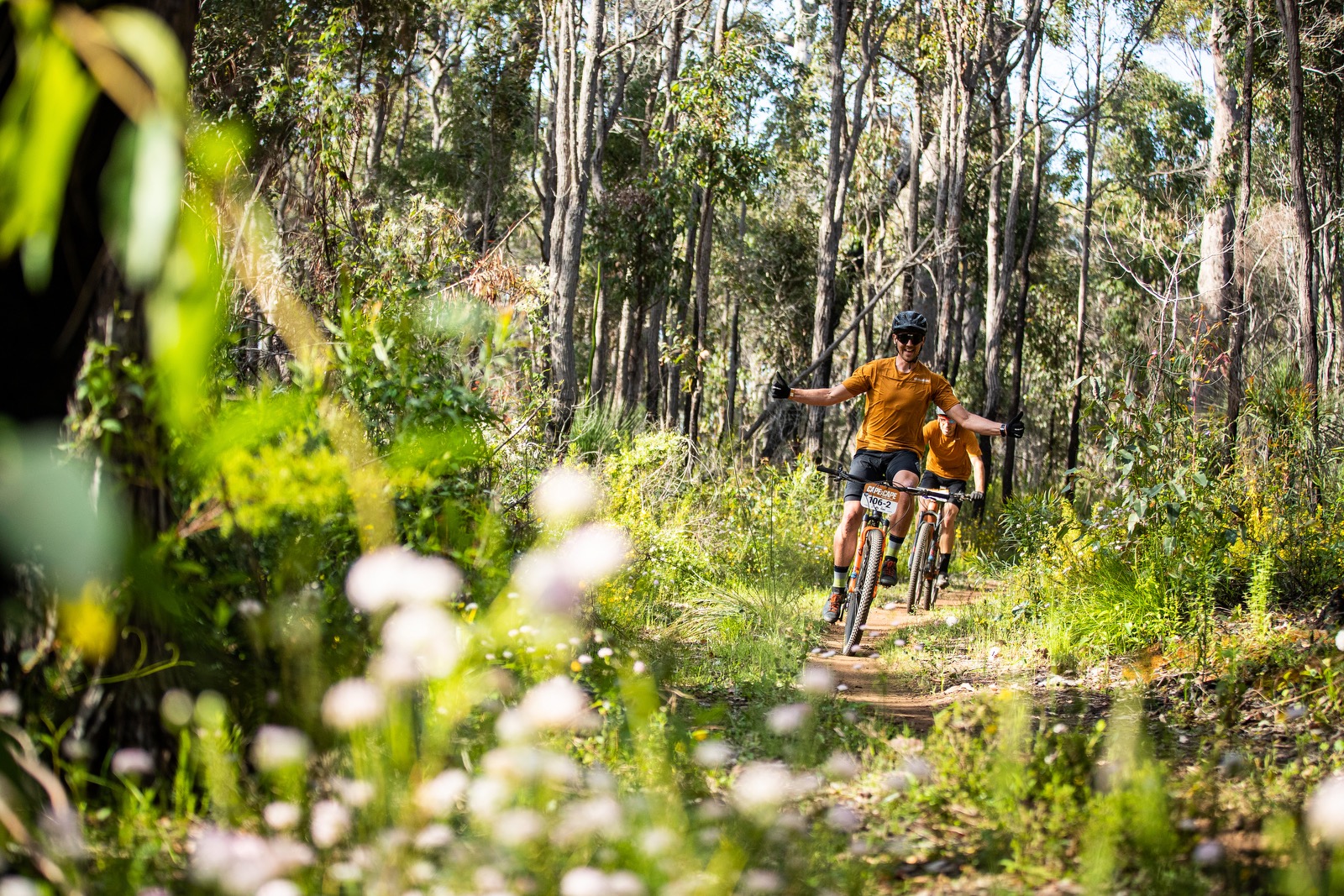 .
.
So while I'll probably stick with taking my XC bike to events like Cape to Cape, riding the Transition Smuggler this year was a good reminder about being precise with your bike setup. But overall – going to bike races or travelling to ride is all about who you do it with.
Whether it's Port to Port, Reef to Reef or Cape to Cape – take a good mate, get your bike dialled in and have fun.
